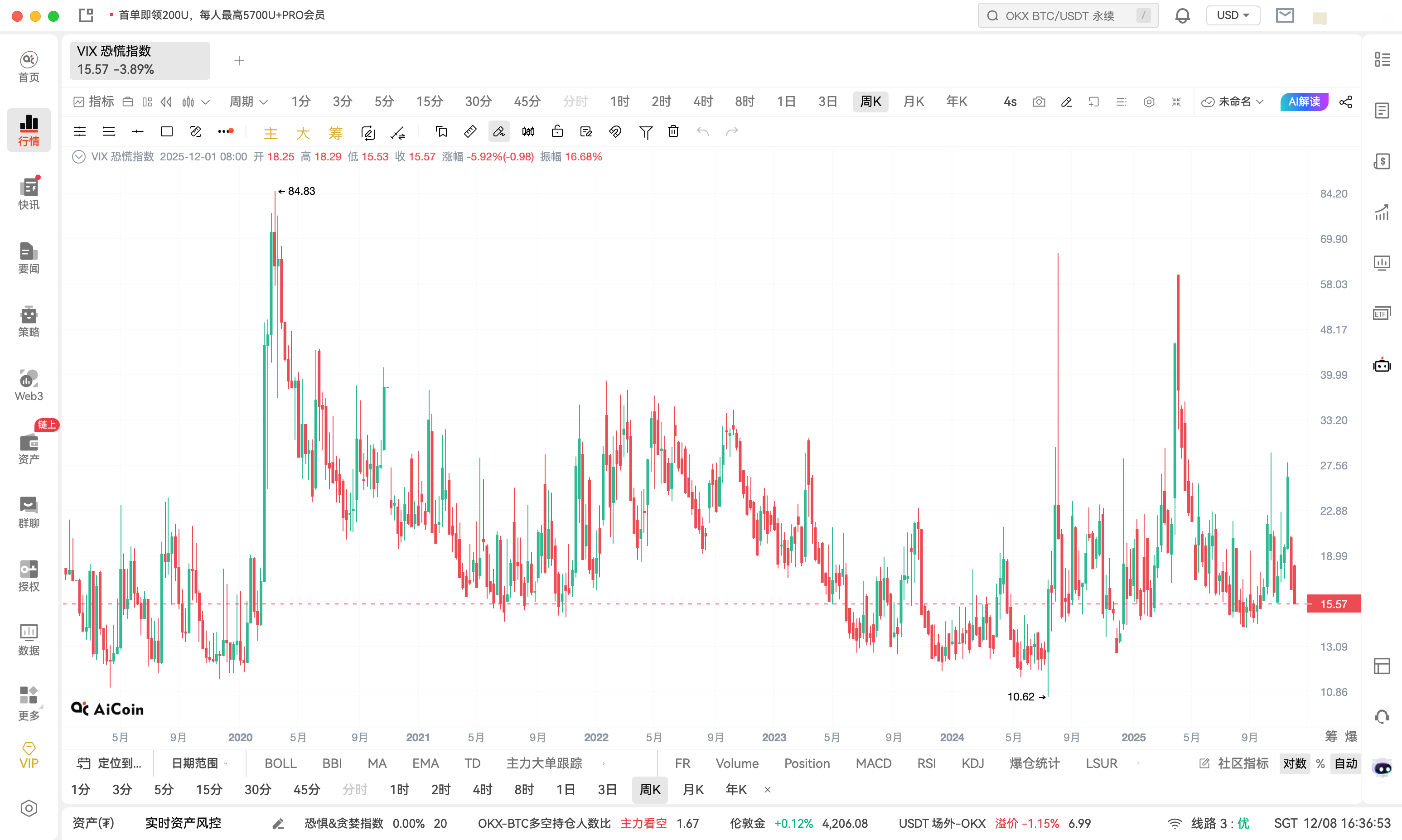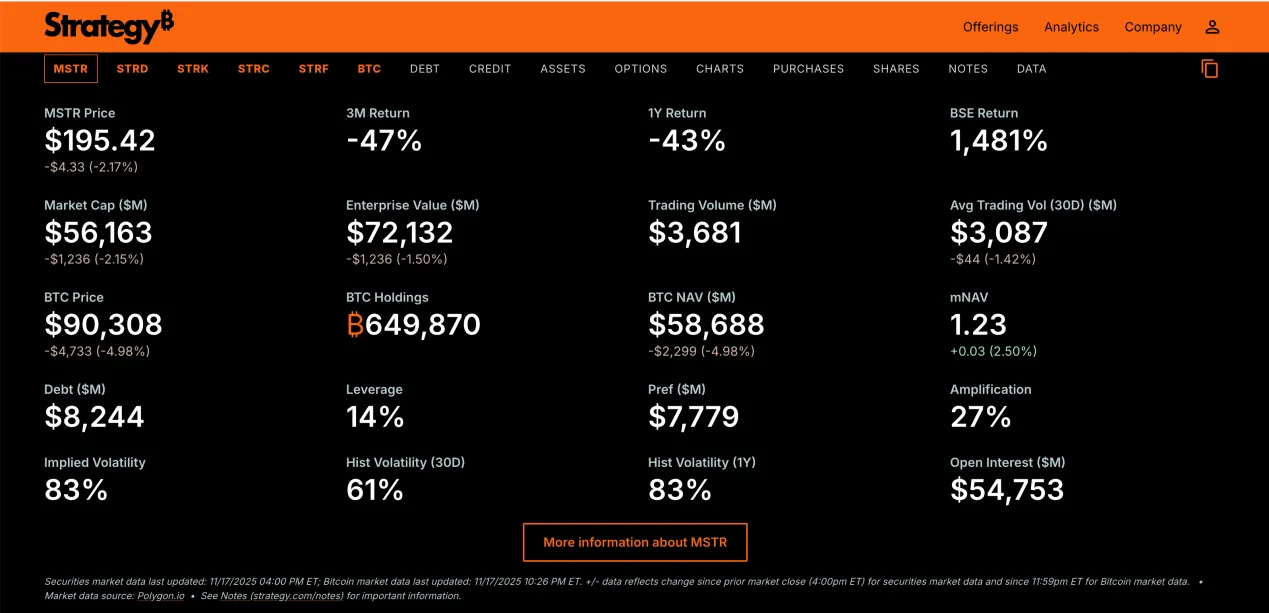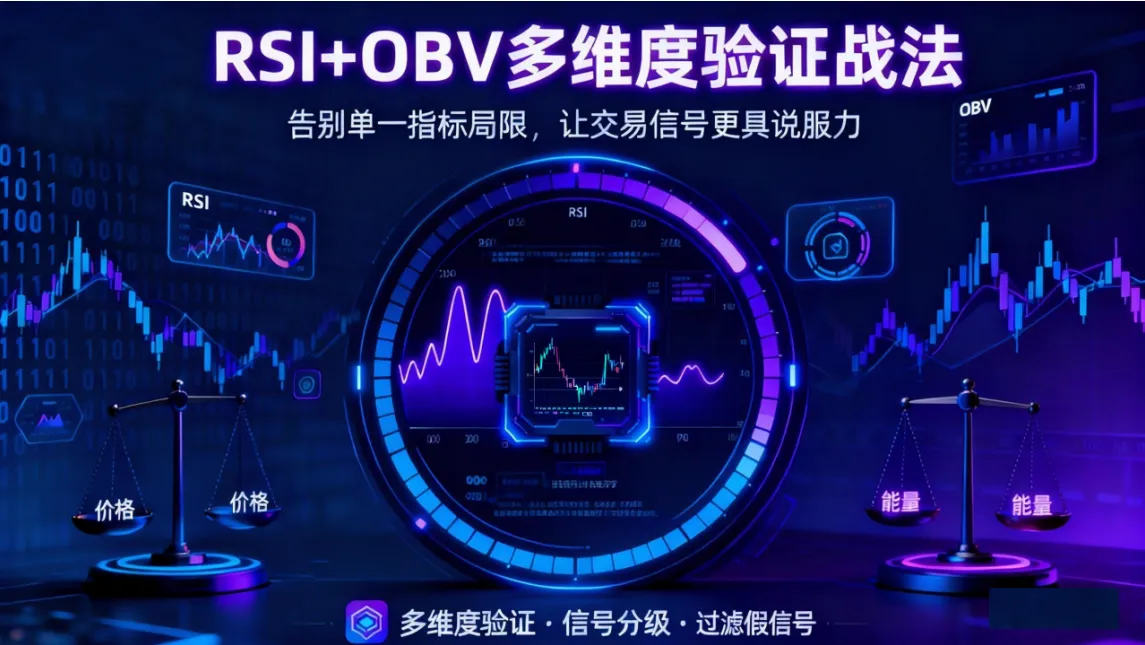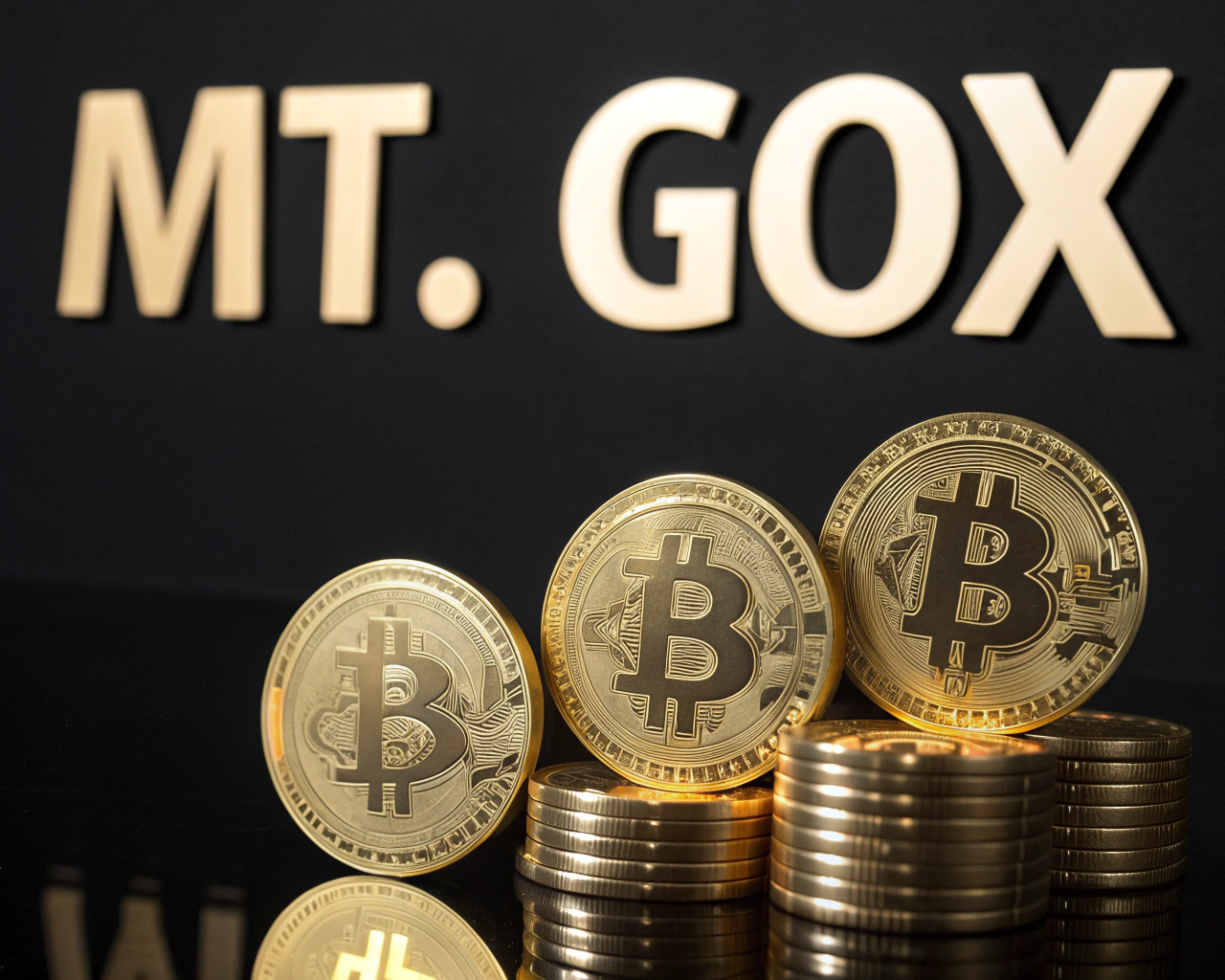文/数字金融观察
一场由政治资本与金融创新交织的变革,正将美国推向加密监管的全球制高点——稳定币成为美债危机的“数字救兵”,也成了美元霸权的“数字护城河”。
一、法案落地的里程碑意义
2025年6月18日,美国参议院以 68 : 30 的压倒性票数 通过《稳定币国家创新法案》(GENIUS Act),标志着美国首次建立联邦层面的稳定币监管框架。该法案的核心突破在于:
监管集权化:赋予财政部对稳定币发行机构的绝对主导权,要求所有美元稳定币必须由持牌机构发行,且储备资产需100%锚定现金或短期美债。
发行主体扩容:允许银行、金融科技公司及大型零售商(如沃尔玛、亚马逊)发行自有稳定币,但限制科技巨头独立发币,防止市场垄断。
严控风险传导:禁止向持有人支付利息,强制月度审计,并将DeFi协议开发者排除在“数字资产服务商”定义外,为去中心化金融保留创新空间。
表:GENIUS法案关键条款
监管领域 | 核心要求 | 影响范围 |
发行准入 | 仅限联邦/州持牌机构发行 | 终结“人人发币”时代,Tether等面临合规压力 |
储备资产 | 100%现金或短期美债 | 直接为美债市场注入新需求 |
合规义务 | 实时审计+反洗钱/KYC | 增加运营成本,中小发行商或退出 |
技术豁免 | DeFi协议开发者不受监管 | 保护底层技术创新的法律空间 |
这一立法被视为加密货币行业的“分水岭事件”——在行业斥资 2.5亿美元游说 后,美国国会终于向加密资本敞开大门。
二、对美国经济的多重影响
(1)美债危机的“数字解药”
填补债务缺口:财政部长贝森特直言,稳定币储备要求可为美债创造“2万亿美元新增需求”,缓解38万亿美元财政赤字压力。当前Tether已持有1200亿美债,规模超过德国主权持仓,若法案全面实施,稳定币发行方或成美债最大买家。
低成本融资工具:通过强制稳定币锚定美债,美国以近乎零成本将链上资金转化为国债认购资金,形成“美元循环”新通道。
(2)美元霸权的数字延伸
全球支付重构:稳定币的跨境支付效率远超传统系统(结算时间从60分钟压缩至3秒,失败率降至0.07%),推动美元在数字贸易中进一步主导。渣打银行预测,2028年稳定币规模将达2万亿美元,处理全球35%支付清算量。
对抗去美元化:欧盟MiCA法案限制境外稳定币,中国推进数字人民币,美国借GENIUS法案将美元稳定币打造为“全球数字美元”,延缓货币霸权衰落。
(3)经济增长的新引擎
GDP边际贡献:IMF模型显示,加密市值每增长10%可推高美国GDP 0.2个百分点。
传统金融融合加速:合规稳定币推动现实资产上链(RWA),波士顿咨询预估该市场将达16万亿美元,为华尔街开辟新盈利场景。
三、对加密货币市场的重塑
(1)权力结构转移
持牌机构垄断成型:合规交易所现货交易量占比从2024年的42%跃升至2025年Q2的79%,47亿美元周均净流入量为无牌平台的12倍。Circle的USDC因99.1%储备透明性,占据全球加密支付68%份额,成为最大赢家。
传统巨头入场:美国银行、摩根大通探索合作发币网络,亚马逊、沃尔玛拟推零售稳定币,Visa、Mastercard等支付股应声下跌。
(2)市场波动性重构
与美股深度绑定:比特币与标普500指数的30日相关系数从2023年0.35升至2025年0.78,加密市场已成美元流动性传导新介质。
滞胀环境的高波动风险:若美国经济陷入“高通胀+低增长”困局,比特币三个月波动率中位数或达86%,流动性黑洞风险加剧。
表:稳定币市场增长与美债需求预测
时间节点 | 稳定币规模 | 美债潜在需求 | 主导机构 |
2025年 | 2500亿美元 | 1200亿(Tether持仓) | Tether、Circle |
2028年(预测) | 2万亿美元 | 1.2万亿 | 银行+零售巨头 |
2030年(预测) | 占全球支付35% | 成最大美债持有方 | 亚马逊、沃尔玛 |
四、国际金融格局的重构与反击
香港的“人民币稳定币”突围:通过《稳定币条例草案》,探索以离岸人民币为储备发行稳定币,抵御美元数字化渗透。
监管范式竞争:欧盟MiCA法案要求境外稳定币交易额上限,中国加速数字人民币跨境试点,G20进入“制度竞争”阶段。
主权储备新战场:美国《比特币战略储备法案》将20万枚BTC(流通量6%)纳入国家储备,若多国效仿,比特币估值或迎数量级跃升。
五、政治博弈与争议漩涡
(1)特朗普家族的“利益闭环”
私人财富扩张:特朗普2024年从加密项目获利超5700万美元,其家族支持的World Liberty Financial(WLFI)发行USD1稳定币,法案通过前WLFI购入2000万美元代币引发内幕交易质疑。
政策与商业捆绑:民主党抨击法案未限制政客涉足稳定币发行,参议员沃伦斥其为“将加密货币变为私人金库”。
(2)系统性风险隐忧
银行风险传导:硅谷银行危机中USDC曾脱锚,若银行高杠杆发行稳定币,可能重演2008年次贷连锁崩盘。
纳税人兜底争议:美联储前理事警告,法案未明确危机时救助责任,最终或由公共财政承担损失。
六、未来挑战:从立法到全球秩序重构
尽管GENIUS法案已在参议院通过,但仍需与众议院《STABLE法案》协调分歧:
监管权争夺:参议院版将权力集中于财政部,众议院版则分权给美联储、OCC等多机构。
生效时间表:若两院妥协方案能在8月前达成,特朗普或于年内签署成法,开启“合规稳定币元年”。
更深层的挑战在于:美国能否平衡“金融创新”与“风险控制”?
技术层面:零知识证明(ZKP)等方案试图平衡隐私与合规,但监管集中化可能抑制算法稳定币等创新。
战略层面:美元稳定币的全球扩张或加剧新兴市场资本外流,触发新型货币战争。
结语:数字时代货币主权的“制度性夺权”
特朗普的稳定币战略远非单纯的金融监管——它是以国家信用为担保,将区块链上的美元流量转化为美债认购的“数字救兵”,更是通过制度输出确立美国在加密世界的“规则霸权”。当亚马逊的稳定币取代Visa信用卡,当Tether成为比德国更大的美债持有者,全球金融秩序已在代码与政策的共振中悄然重构。
历史的隐喻从未改变:谁能定义货币,谁就掌控了经济的命脉。 在美元与区块链的这次联姻中,美国正试图将加密的“去中心化理想”,收编为霸权延续的“数字化羽翼”。
免责声明:本文章仅代表作者个人观点,不代表本平台的立场和观点。本文章仅供信息分享,不构成对任何人的任何投资建议。用户与作者之间的任何争议,与本平台无关。如网页中刊载的文章或图片涉及侵权,请提供相关的权利证明和身份证明发送邮件到support@aicoin.com,本平台相关工作人员将会进行核查。




